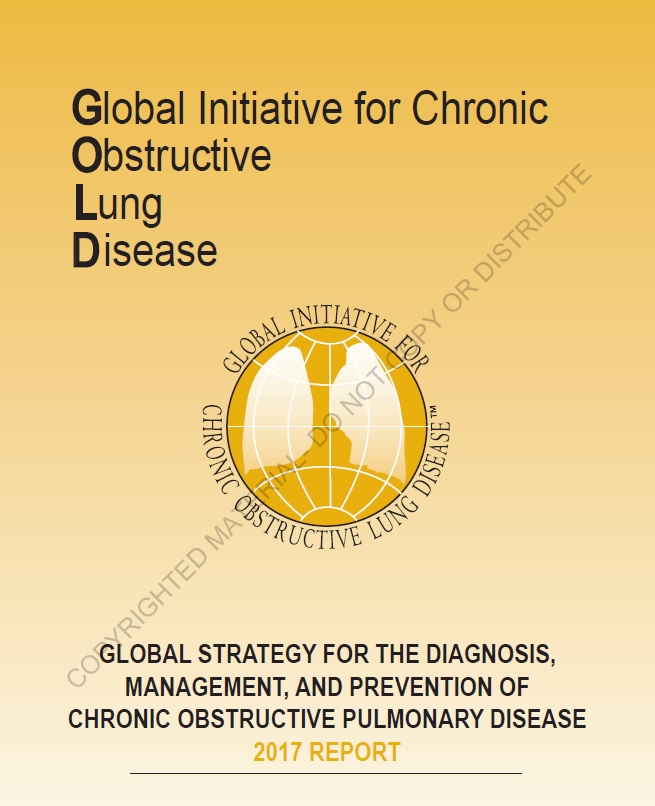We are happy to present you article Prevalence and burden of comorbidities in Chronic Obstructive Pulmonary Disease from RESPIRATORY INVESTIGATION 2016 which was published today!
The classical definition of Chronic Obstructive Pulmonary Disease (COPD)
as a lung condition characterized by irreversible airway obstruction is
outdated. The systemic involvement in patients with COPD, as well as
the interactions between COPD and its comorbidities, justify the
description of chronic systemic inflammatory syndrome. The pathogenesis
of COPD is closely linked with aging, as well as with cardiovascular,
endocrine, musculoskeletal, renal, and gastrointestinal pathologies,
decreasing the quality of life of patients with COPD and, furthermore,
complicating the management of the disease. The most frequently
described comorbidities include skeletal muscle wasting, cachexia (loss
of fat-free mass), lung cancer (small cell or non-small cell), pulmonary
hypertension, ischemic heart disease, hyperlipidemia, congestive heart
failure, normocytic anemia, diabetes, metabolic syndrome, osteoporosis,
obstructive sleep apnea, depression, and arthritis. These complex
interactions are based on chronic low-grade systemic inflammation,
chronic hypoxia, and multiple common predisposing factors, and are
currently under intense research.
This review article is an overview of
the comorbidities of COPD, as well as their interaction and influence on
mutual disease progression, prognosis, and quality of life.
Free full text:







